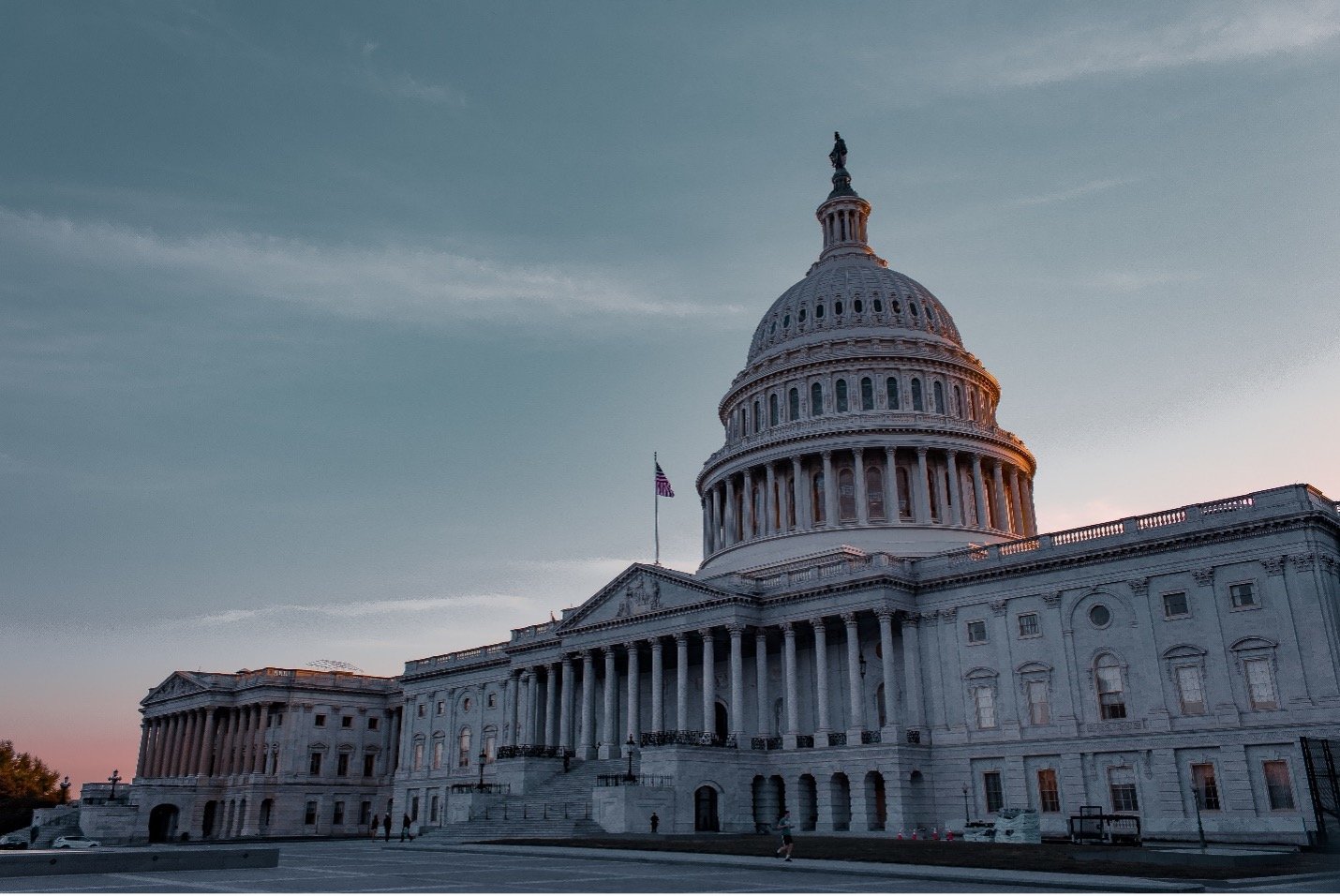SBA’s Two New Lending Rules – Learn How to Access Capital to Grow Your Business

Key Details: On April 12, 2023, the Small Business Administration (SBA) published the following two final rules:
- Small Business Lending Company (SBLC) Moratorium Rescission and Removal of the Requirement for a Loan Authorization (the Mortarium Rule)
- Affiliation and Lending Criteria for the SBA Business Loan Programs (the Affiliation Rule)
These two rules are aimed at lowering the gaps and barriers to entry related to capital access for small business owners in underserved communities. As such, beginning in early May 2023, small businesses will have more opportunities for business growth through obtaining capital.
Ryan & Wetmore is committed to aiding small businesses in their entrepreneurial growth journey. From advisory services to compliance support, Ryan & Wetmore helps small businesses establish a strong foundation for success. For information and expertise, contact us today.
The Moratorium Rule
On May 12, 2023, the Moratorium Rule was effective, and the SBA amended the business loan program regulations to lift the moratorium on licensing new SBLCs and to add a new type of lending entity called the “Community Advantage SBLC”. As such, this Rule lifts the current cap on SBLCs and is set to admit three new SBLCs in the first year once the Rule was effective. Additionally, the Moratorium Rule also removes the requirement for a Loan Authorization in the 7(a) and 504 Loan Programs.
Why did the SBA Issue this Rule?
SBA’s mission is to “aid, counsel, assist, and protect … the interests of small business concerns in order to preserve free competitive enterprise”. As such, the Moratorium Rule bridges the current financing gap to bring about greater access to capital in the private market for small businesses.
What is the 7(a) and 504 Loan Program and the Loan Authorization Required
The 7(a) Loan Program is the SBA’s most common loan program and is best suited towards business real estate purchases. This loan is also used for short- and long-term working capital needs, refinancing of current business debt, and the purchase of furniture, fixtures, and supplies. The maximum amount for 7(a) Program loans is $5 million with eligibility factors related to income, credit history, and location of business operation.
The 504 Loan Program provides long-term financing at a fixed rate for major fixed assets, also capped at $5 million. The goal of this program is to promote business growth and job creation. 504 loans are available through Certified Development Companies (CDC).
The loan authorization is eliminated by the SBA via these two Rules. However, the SBA plans to continue the requirement and the means for memorializing each loan’s terms and conditions. The final rule will eliminate the duplication of effort as well as lower the chances of mismatched information between multiple sources regarding loan terms and conditions. The SBA further noted that additional guidance will be provided.
What is the Community Advantage SBLC?
Community Advantage SBLCs are nonprofit organizations that are licensed to provide 7(a) small business loans. The goal of these organizations is to help SBA meet the needs of small businesses in underserved communities. Through the Moratorium Rule, SBA is granted ad hoc discretion over these entities lending limits, capital requirements, and loan loss reserves.
Current Community Advantage lenders will be grandfathered in to become licensed as a Community Advantage SBLC.
The Affiliation Rule
The SBA’s Affiliation Rule went into effect on May 11, 2023, and is set to amend various regulations relating to the 7(a) and 504 Loan Programs. Amendments include regulations on the use of proceeds when partial changes of ownership occur, lending criteria, loan conditions, reconsiderations, and affiliation standards. The goal of the Affiliation Rule is also to expand capital access to small businesses and boost overall economic growth and recovery. Amendments relating to affiliation standards are applicable to the Microloan Program, Intermediary Lending Pilot Program, Surety Bond Guarantee Program, and Disaster Loan programs (except for the COVID Economic Injury Disaster Loan (EIDL) loan program).
Notable Changes in the Affiliation Rule
The Affiliation Rule provides the following key changes:
- 7(a) loans will be able to be utilized by small businesses to help finance the transition of their Company’s ownership (either fully or partially). This is for the transition to an employee stock ownership plan or to a Qualified Employee Trust.
- Lenders for the 7(a) and 504 Loan Programs are now allowed to rely on three criteria to provide SBA loans (currently nine criteria). These criteria are:
- Credit score / credit history
- Earnings or cashflow
- Equity or collateral
- Affiliations of partial owners are considered if no one controls more than 50% of the business. Additionally, other companies owned by the owner will only be considered if it shares the same 3-digit NAICS code.
- Stock options and convertible security ownership will be considered as if the rights have been exercised.
What’s Next for Small Businesses?
Small businesses are encouraged to take advantage of the lowered barriers to capital access by performing the following activities:
- Establish areas in your business that would benefit from the use of capital.
- Create a detailed budget and cash flow forecast to ascertain how much additional working capital may be required for your business growth goals.
- Determine your eligibility for the 7(a) and 504 Business Loans.
- Analyze your current needs. The SBA has noted that loans under $150,000 will be provided additional flexibility to reduce the costs and complexity associated with capital access.
- Gather the necessary documentation ahead of time such as the Company’s credit score and credit history, as well as current and historical earnings and equity or collateral.
- Determine the Company’s ownership percentages.
- Analyze your stock option or convertible security ownership and how that may potentially impact your loan application.
As highlighted above, these two Rules update the lending criteria to help small businesses qualify for an SBA loan to further their business growth. Small businesses are encouraged to determine if the use of an SBA loan will be beneficial towards the long-term growth strategy of the company and to contact Ryan & Wetmore for further information and expertise.
Today’s Thought Leaders

About Peter Ryan
Partner, Co-founder, & CPA
Peter T. Ryan co-founded Ryan & Wetmore in 1988 with business partner Michael J. Wetmore. Peter provides clients with the best strategies for success. His expertise extends across various industries. Peter obtained a Master of Business Administration in Finance from the University of Baltimore and a Bachelor of Arts in Accounting from the Catholic University of America.

About Rosie Cheng
Finance Consultant
Rosie Cheng is a Finance Consultant at Ryan & Wetmore. She focuses on government contracting services and produces many of the firm’s government contracting newsletters. Rosie graduated from Georgetown University with a Master of Science in Management and from William and Mary with a Bachelor of Business Administration.


